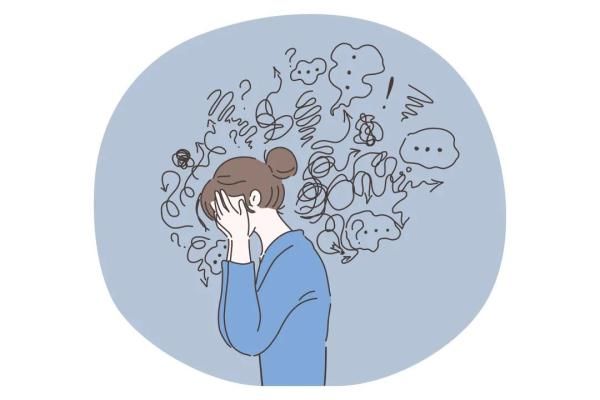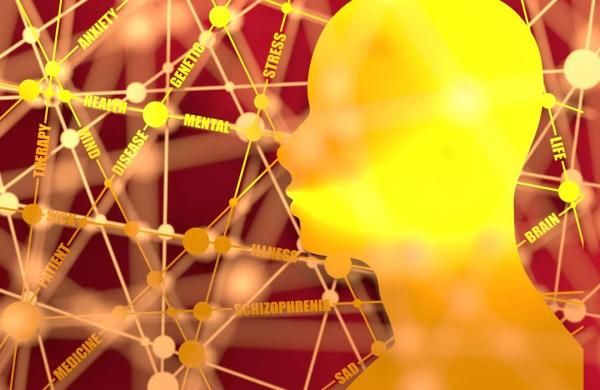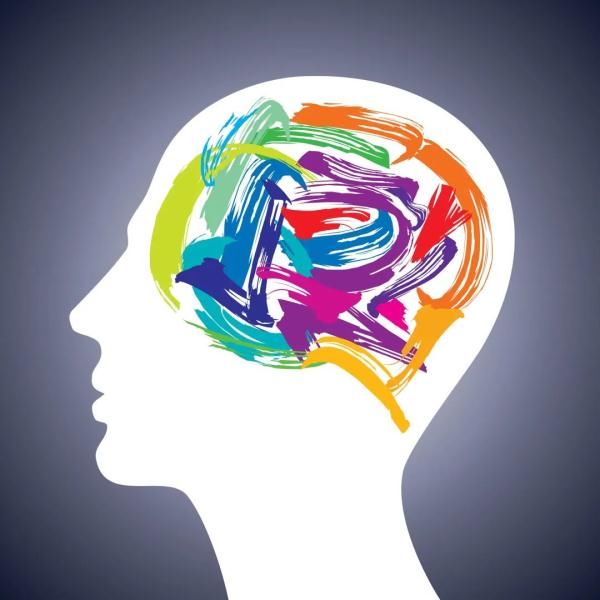Drug therapy, psychotherapy, and physical therapy are the three main ways of treating mental illness.
Physical therapy includes non-invasive neuromodulation and invasive neuromodulation therapy.

From electro-twitch technology
to magnetic-twitch technology…
Electroconvulsive therapy (ECT) is the originator of the application of neuromodulation technology. There is sufficient evidence-based medical evidence in the treatment of treatment-resistant depression, and studies have shown that ECT can increase brain plasticity in schizophrenia. However, in terms of treatment timing, the analysis of the ineffective ECT group found that the hippocampal amygdala of the patients had been significantly atrophied before receiving treatment. Does this suggest that patients who start electroconvulsive therapy earlier will have greater clinical benefits? It is currently unknown.
The research on cognitive impairment of traditional electroconvulsive therapy has promoted the development of magnetic convulsion technology. Magnetic convulsion therapy does not have electrical currents hitting the deep structures of the brain and is less cognitively damaging. Studies have shown that there is no difference in clinical efficacy between magnetic twitching and electroconvulsive therapy for depression, but cognitive assessment finds that magnetic twitching treatment is better.
In addition to the improvement of side effects, anatomical positioning under brain imaging navigation has been achieved in the stimulation positioning of convulsive therapy, and accurate transcranial magnetic stimulation (rTMS) has been carried out. The spatial resolution is improved, and the efficacy is also improved. be further improved. Through augmented reality technology, the stimulation effect is improved, the stent is fixed, and the stimulation is accurate. In terms of stimulation frequency, rTMS stimulation modes have low frequency and high frequency, which can form magnetic stimulation modes with different stimulation frequencies.
The research and development of the above non-invasive neuromodulation clinical technologies, from the improvement of safety, precise positioning, increase of stimulation frequency and different duration, etc., all aim to continuously improve the comprehensive benefits of patients’ treatment. Along this research direction, has the current treatment technology hit the ceiling, and where will new technological paradigms emerge?

Promotion of Deep Brain Stimulation (DBS) Technology
Deep Brain Stimulation (DBS) The technology has been widely used in neurosurgery, such as in the treatment of Parkinson’s disease, essential tremor, dystonia, epilepsy, and there are indications for the treatment of refractory obsessive-compulsive disorder abroad. The safety of DBS surgery technology has been greatly improved, especially the accurate electrode implantation through brain imaging, and the monitoring of electrophysiological signals to evaluate the surgical effect, which have increased the success rate of DBS surgery and the treatment effect of patients.
The national multi-center DBS treatment project for refractory obsessive-compulsive disorder, led by Shanghai Mental Health Center and West China Hospital of Sichuan University, is currently in the stage of patient recruitment. This domestic multi-center clinical study is expected to provide clinical evidence for the clinical efficacy of deep brain stimulation technology in Chinese patients with refractory obsessive-compulsive disorder.
There are many ethical issues with electrotherapy techniques
These ethical issues include: whether neuromodulation techniques can measure and alter neuropsychiatric activity, and whether it will alter the patient’s autonomy, which may lead to surgical procedures such as surgery. Whether the previous doctor’s order is still valid and so on.
Under the basic framework of the “Four Principles” of bioethics established by Beauchamp and Qiu Zhuosi, how to dynamically implement respect and knowledge, especially when children’s self-determination in adulthood conflicts with the agency decision of the year adjustment strategy; neuroscience and technology injury assessment should be comprehensive, not only short-term side effects of surgery, but also the evaluation of negative impact on mood, personality and self-perception; brain activity recording data should be done to prevent information leakage and mental privacy Protection; the evaluation of treatment benefits needs to be carried out cautiously to avoid exaggerating the benefits or inducing the need for treatment; it is necessary to consider whether the neural enhancement brought by neuromodulation technology will lead to unfairness, and pay attention to the accessibility of technology application and potential social justice questions and more.
There is still a lack of guidance on ethical issues in neuroscience technology. Industry experts point out that an ethical protocol, not just non-binding ethical advice, needs to be constructed.

DBS multidisciplinary collaboration relaunched
The lessons of history have shown that invasive neural Controlling surgery, short-term surgical risk is easy to assess, but long-term risk assessment still needs to be cautiously observed. For example, lobectomy was once considered a safe procedure with a low risk of infection, and was used to treat psychiatric patients because of its simplicity. But it later proved that the harm it brings to patients is huge.
Based on the extensive experience in craniotomy accumulated in neurosurgery and interdisciplinary cooperation such as brain imaging navigation and electrophysiological signal monitoring, the safety of surgery and the precise positioning of implants have been improved. The DBS treatment of mental illness has been able to set sail again.
How can psychiatrists ensure that patients are truly receiving “full dose, full course” of medication and psychotherapy? How to clearly define “refractory”? How to accurately assess the patient’s preoperative psychological and emotional state, so as to select suitable patients for surgery? These are the problems faced by DBS treatment of mental illness.
Mental diseases are often chronic diseases, which are mainly characterized by mental symptoms under the combined action of long-term life events and the genetic basis of patients. It seems too ideal to treat mental illness by surgical operation “quick knife and mess”. Exploring the cooperation mechanism of multidisciplinary treatment team will bring new gospel to the treatment of patients with refractory mental illness.
From: Public Health Magazine
Text: Zhang Qing, Shanghai Mental Health Center
Source: Health News